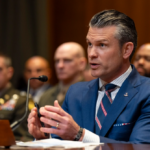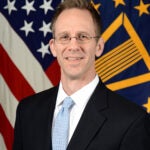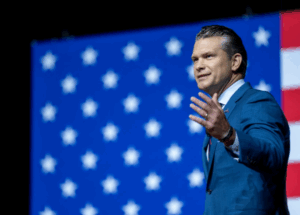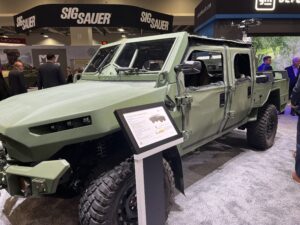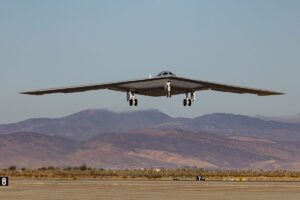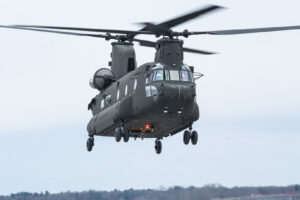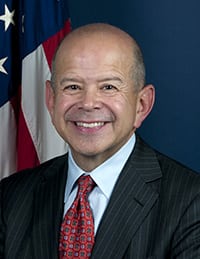
Marking another step toward commercial use of unmanned aircraft systems in the United States, the Federal Aviation Administration (FAA) on Thursday granted regulatory exemptions to six aerial photo and video production firms for use of small unmanned aircraft on closed movie and television industry sets. Transportation Secretary Anthony Foxx said the exemptions are the first in opening the door to further commercial use of unmanned aircraft systems (UAS) for film and television and other industries without risk to air traffic.…

 By
By 